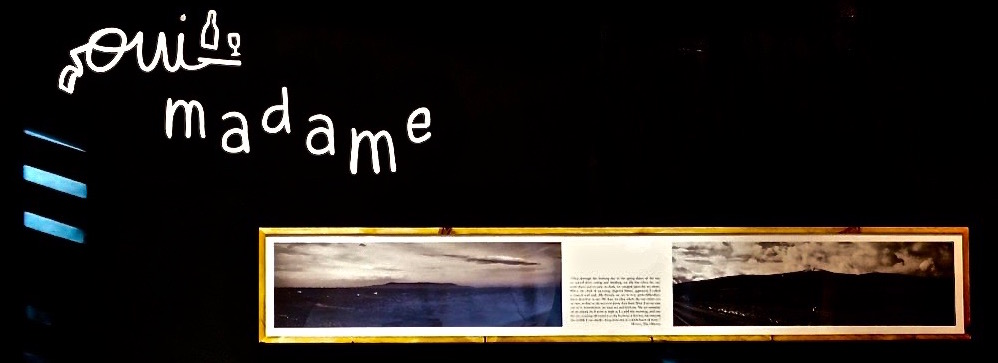We have recalculated our prices. For some scrolls, nothing changed, others have become 2-5 Euros more expensive. We thought this was probably a good moment to give you a little insight into our pricing process. Why do our scrolls cost what they cost?
First of all, it is important to us that our scrolls are being read.
Of course, they are objects of art, but they are made to be scrolled through and experienced. This is only possible if we sell them at a price where readers still dare to do so. This is particularly true for our children’s books, which therefore continue to be our cheapest scrolls (apart from the notebook). At 27 Euros, we’re confident readers will still dare to just roll out the scroll once across the whole room. Not to mention that the paper is more robust than you might think.
Of course, we also want to be able to live from our work. To work in a small publishing house is a great luxury in itself, but bills need to be paid. And producing books by hand is quite time-consuming and expensive. We have exactly one (very large and very expensive) printer on which you can only print one scroll at a time. Then the covers need to be printed and cut, glued and folded. The scroll inserted, and if something goes wrong, it needs to get fixed. At least one hour of manual work goes into producing a single scroll
We want to be able to give our artists their fair share and it is important to us that they earn something from doing a project with us. Likewise, it is important to us to pay our bookbinders properly.
Overall, founding a small independent scroll publishing press has not made us rich – yet!
Incidentally, the price development on the book market is a huge topic overall. Fearing that fewer books will be purchased, book prices have hardly augmented for years, at a lower rate than the inflation. Even paperbacks, which are very cheap to produce, would actually need to cost more in order for publishers to have a reasonable margin. Think about how much a dinner or a visit to the movies cost and how much book you can get for that money. There’s got to something wrong …
Anyways, this is just an aside. Because if you want to compare prices, it makes a lot more sense to compare our scrolls not to mass market paperbacks, but rather to art books, art prints or other handmade design objects.
Recently, our material costs have risen again, especially those for paper and ink. This is reflected in our new prices. We still find them fair. We hope you also see it that way and continue to value our work. Because one thing has certainly not changed: A lot of love goes into every single scroll we make.


























 Obviously none of the photographs we showcase at
Obviously none of the photographs we showcase at